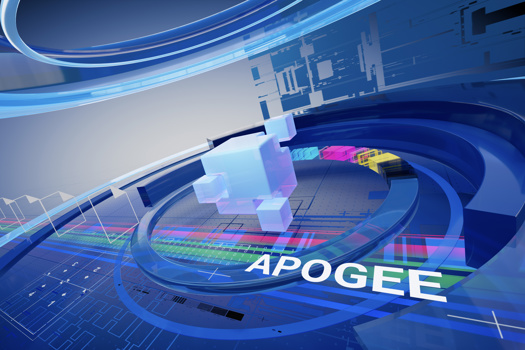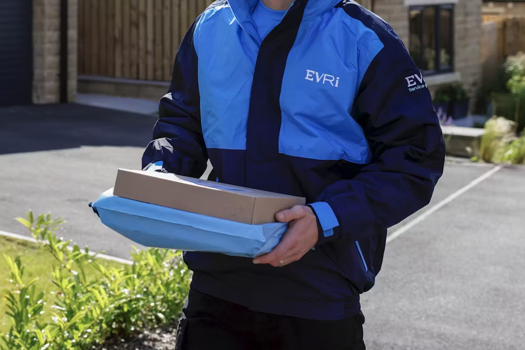What does it do?
This is a B1-format sheetfed digital embellishment system that sits at the top of Scodix’s range. It can print high gloss, with raised and/or textured effects similar to embossing, with optional over-foiling.
In total Scodix reckons that the Ultra 6000 has up to nine functions, most of them special effects. The standard six are foiling; ‘sense’ (raised and textured finish); spot gloss; metallic (over soft-touch laminate film); and glitter (another foiling effect). The options are Braille; crystal (creating facetted gem-like shapes); and cast & cure (a holographic/diffraction effect). The final option is variable data support.
When was it introduced and what is the target market?
The B1 Ultra 6000 was introduced in October 2020 alongside five B2 models that are market-specific variations of the original 2015 Ultra 101/102, addressing commercial print, e-commerce web-to-print and packaging (including web-to-pack). The 6000 is intended for commercial packaging work, where conventional metal die-stamp based foiling and embossing is already widely used.
According to Mark Nixon, vice president of global sales and marketing, the attraction to packaging converters isn’t just because it is digital, but because it is more economical. “Changing conventional foiling for packaging jobs is painful, especially with metal dies and makeready, etc,” he says.
How does it work?
The Scodix Ultra 6000 is a purpose-built inkjet embellishment printer that uses an optically clear polymer cured by UV-LED. This can be built up in multiple layers to give raised 3D effects. The polymer clarity means that lens-like dome or cast & cure diffraction effects are possible.
Up to 250 micron heights are possible, although Nixon says that 40-50 microns suit most work and don’t need special handing at the finishing stages. Variable heights and textures can be created from greyscale ‘height maps’ in the artwork file – Scodix provides pre-set texture files for Photoshop.
Sheets are fed into the machine from a pallet, delivering to a stacker. As standard there is an inline cold foiling unit, built by TS Converting Equipment in the UK. This works by heating the cured polymer to make it tacky so it accepts the foil. Up to four different foil rolls can be applied side by side.
The Ultra range introduced the ability to switch between four slightly different polymer formulations, each tuned to different printed substrate surfaces, avoiding the need for expensive corona treatment, or pre-coating/lamination. They are said to be food-safe for packaging, with low uncured monomer migration. All Ultras have the four-polymer facility except the entry-level B2 1000 (commercial) and 3000 (web-to-print) models.
Nixon says that the polymer can be removed in a de-inking process and adds that it is about to be certified for recycling by a US independent tester.
All Ultra models can handle up to 1,000sph. A 4,000sph model, the E106, was introduced at Drupa 2016, but at more than £2m this proved too costly for the market according to Nixon. “We found that 1,000sph is suited to packaging companies and costs a lot less,” he says. “A high-speed conventional foiler like the Bobst Masterfoil goes up to 7,000sph, but is about half that on medium-to-complex jobs. Conventional die preparation and makeready can take two hours, or up to 10 on complex jobs. Scodix wins on makeready, especially for complex work. Our makeready is always about three to four minutes.”
However, it is worth noting that MGI can achieve a claimed 2,291 B1 sph with its top JetVarnish 3D Evo model.
Scodix is particularly proud of its four camera-based registration systems, which detects printed alignment dots and can resize and rotate the embellishment image on the fly to fit pre-printed images.
What’s the USP?
Nixon stresses productivity compared with conventional embossing, foiling and other embellishments. “Digital can’t do everything, but it does a high proportion of what makes sense,” he says. It’s the value-added that makes it most attractive, he says. “For every pound you get for plain print, you could get £1.50 with Scodix embellishment.”
The four polymers and some of the eight effects are unique to Scodix, compared with its main digital embellishment competitor, the MGI JetVarnish range. “Analogue is my competitor, not MGI,” says Nixon. “There’s room for both of us in the market.”
How easy is it to learn and use?
“If you can feed a press and are computer proficient, that’s all you need,” says Nixon. He says that it’s getting harder to find people proficient in working with conventional dies for embossing and foiling. “We offer three days’ training and follow up a couple of months later.”
Sales and support
Nixon says that the 6000 has seen 50% of all recent Ultra sales. “We’ve installed 12 in the last two quarters.” So far there is just one in the UK, with the user remaining anonymous.
Friedheim sells and supports the Scodix range in the UK. So far it has supplied seven of Ultras including the lone 6000. Nixon says that 398 Ultras have been sold worldwide since 2015.
SPECIFICATIONS
Process Piezo inkjet with UV-LED cured clear polymer and inline foiling
Resolution 2,540x450dpi
Media types Coated/uncoated paper, plastics, laminate
Surface compatibility Offset, HP Indigo ElectroInk, inkjet, lamination, toner
Max sheet size 760x1,060mm
Sheet weight range 135-765gsm (up to 2mm thickness)
Max print area 700x1,000mm
Max speed 1,000sph
Varnish thickness range 5-250 microns
Options Braille; crystal; cast & cure; VDP/VDE; barcode reader
Price About £1.05m
Contact Friedheim International 01442 206100 www.friedheim.co.uk
ALTERNATIVES
MGI JetVarnish 3D Evo
The fastest B1 JetVarnish inkjet embellishment model runs considerably faster than the Ultra 6000, while offering broadly similar raised image features and an optional foil module. Scodix claims the Ultra has more effects, but the MGI list includes variable data, spot varnish, raised and textured varnish including Braille, up to three different foils per sheet, and foil over foiled media. There’s an ‘artificial intelligence-driven’ scanner for setup and registration without printed targets. There’s only one polymer type for all surfaces, but MGI offers an optional corona treatment unit to condition more difficult media surfaces as an alternative to pre-coating or laminating.
Max sheet size 750x1,200mm
Sheet weight range 135-800gsm
Max print width 510mm (standard), 730mm optional
Max speed 4,200 B2 sph (if fed in landscape orientation) or 2,291 B1 sph
Varnish thickness range 3-232microns
Options Foil stamping module for up to three 100mm film rolls (B2 format as standard); corona treatment unit
Price About £1m, plus about £190,000 for the optional corona unit
Contact Konica Minolta UK 01268 534444 www.konicaminolta.co.uk
USER REVIEW
“Having the Scodix Ultra 6000 press is revolutionary because it allows us to use a common, large-format sheet size across all our presses. This saves our customers time and money, while increasing the enhancement design possibilities dramatically” Earl Guinter Sales manager, Carlson Print Group, Eden Prairie, Minnesota, USA










